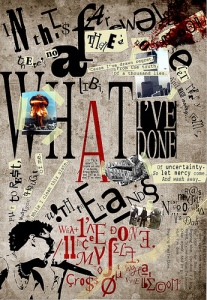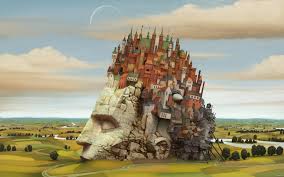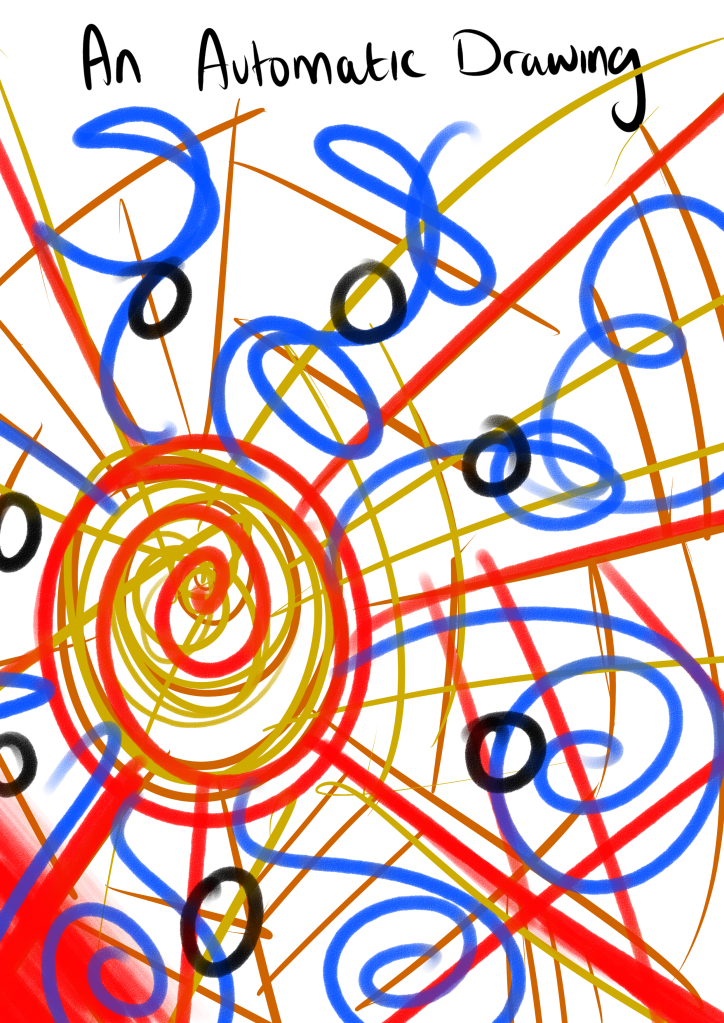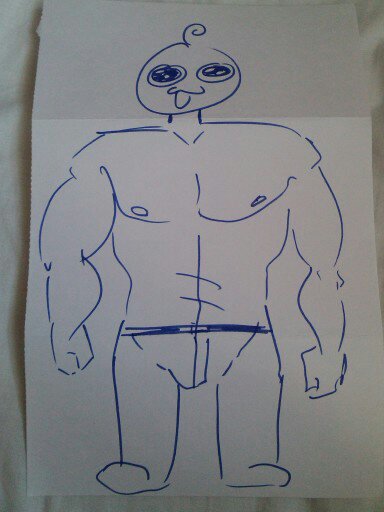Dada-ism was an early 20th century anti establishment movement (1916 – 1940) During the political changes around the time where there was many conflicting ideas happening between countries and the rise of Nazism, Dada-ism came about to help people escape the worries of war. Dada-ists create humorous but not light hearted work, and the artwork of the time was very dark in colour and very gloomy, however the work would be an exaggeration and absurd to create a reaction from the audience (Much like comedians in stand up comedy, which was an influence from Dada-ism) Dada-ists would wear costumes and masks to create a reaction from the 
audience and to protest against the authority. Dada-ists were the first to question the authority around them.
The many art mediums including collage, performance and sculpting, were to protest against the horror and lunacy of war where 3 million people died, the upper class and the trust of the authority. Instead they made focus on change, the rejection of logic and rules and embraced the irrationality and absurd.
Tristan Tzara was a known poety, essayist and performance artist who was interested in symbolism . He would frequently perform at the Cabaret Voltaire, which was founded by Hugo Ball and Emmy Hennings, Hennings being the star attraction there. Later on, Tristan Tzara was considered one of the presidents of Dada which marked one the first movements towards Surrealism. This was a great influence of Graphic Design.
Surrealism was greatly influenced by Dada however one person would be able to represent a group of people though the movement. Surrealism was more focused around the mind, using bright colours and automism. The  artworks closely link to fantasy imagery based on dreams, memories and the unconscious, creating weird human like imagers.
artworks closely link to fantasy imagery based on dreams, memories and the unconscious, creating weird human like imagers.
Feminists were very critical of the surrealist movement as it was considered a male movement, evident as it mainly consist of male artist Salvador Dali, Hatsman Phillppe, Max Ernst and Rem Magnitte.


